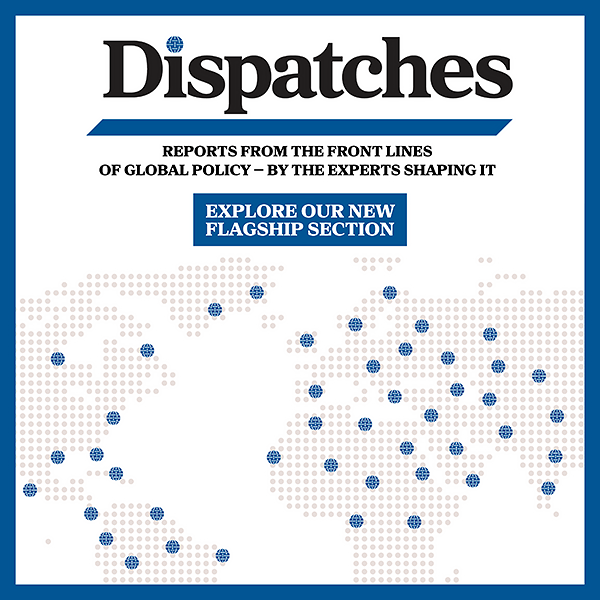On Tuesday night, President Obama announced his new “strategy” for Afghanistan. It held few surprises, just disappointments. The President’s rhetoric soared, as usual. The content did not. Instead, he sent the country down the road with a series of assumptions and plans that can be called, at best, a wing and a prayer.
For the President’s plan to have any chance whatsoever of succeeding, two things must happen in Afghanistan, and one in Pakistan. In Afghanistan, the 30,000 additional American troops must prove capable of blunting the Taliban’s success in numerous parts of the country (mostly the Pashtun east and south) and change the war’s momentum away from the insurgents and toward the government. In addition, The Karzai government must, with U.S. assistance, rapidly expand an Afghan National Security Force (ANSF) capable of picking up the fight and succeeding. In Pakistan, the government must act to crush the Pakistani Taliban and assure that the Afghan Aaliban have no safe haven to which they can return. There is every reason to believe none of this will work, particularly in the 18-month time frame the President laid out as the exit point for the beginning of the removal of American forces.
The additional 30,000 U.S. troops will increase the physical American commitment to about 100,000, more or less the equivalent of Soviet strength in the 1980s. The idea is that additional troops will allow American to clear and hold areas, thereby increasing security and beginning the conversion of Afghans away from the Taliban. In current conditions, we have been able to clear but not hold, meaning efforts at conversion have been handicapped, since Afghans knew the Americans would leave and Taliban would return to punish collaborators. Secured areas can then be turned over to the ANSF.
What’s the problem here? It is, as pointed out repeatedly in this space, that foreign troops cannot perform the function of changing political loyalties away from the Taliban to the government. No matter how hard we try and how good we are at our mission, we are, and always be OUTSIDERS, and that means the ENEMY, to many we seek to “save.” That fact is fundamental and means the chances of success are very nearly zero on this count.
The second part is the rapid expansion of the ANSF with the infusion of additional American trainers. The development of the ANSF has been painfully slow and arguably ineffective for reasons that only partly have to do with the number of Americans doing the training. The real problems have included lack of support for the government, the belief the ANSF is basically an anti-Pashtun force, and the incredible corruption in the country, to say nothing of Taliban intimidation of recruits. More U.S. forces cannot improve that situation and suddenly turn a ramshackle process into a marvel of inefficiency. If anything, the rapid expansion of the ANSF will probably mean a lot of Taliban will join and act as spies against the ANSF’s operation, as happened in Vietnam with the ARVNs. If the ANSF cannot be enlargened and invigorated, there will be no one to hand the secured areas to.
Forcing the Pakistanis to alter their basic military efforts toward the Taliban (who, it must be remembered, they created in the first place) is similarly fraught with uncertainty and will, if early reactions are any indication, meet with resistance. Messing up or antagonizing the Pakistanis is not exactly what we have in mind in the region.
If clear and hold does not change the political landscape in Afghanistan and the ANSF cannot be magically transformed into a force that can take care of the country themselves, then the whole strategy falls apart. The President acknowledged this possibility when he said that the military situation on the ground, and military commanders’ assessments of those conditions, would guide decisions regarding the July 2011 target to begin withdrawing American forces.
Let’s hope the President and his aides are right in their assessments and that the strategy is in fact more substantial and more likely to succeed than I have suggested here. From where I sit, however, it really does look like little more than a wing and a prayer.
Donald M. Snow, Professor Emeritus at the University of Alabama, is the author of over 40 books on foreign policy, international relations and national security topics. This essay was originally published in the What After Iraq? blog as “Obama’s Wing and a Prayer.”
